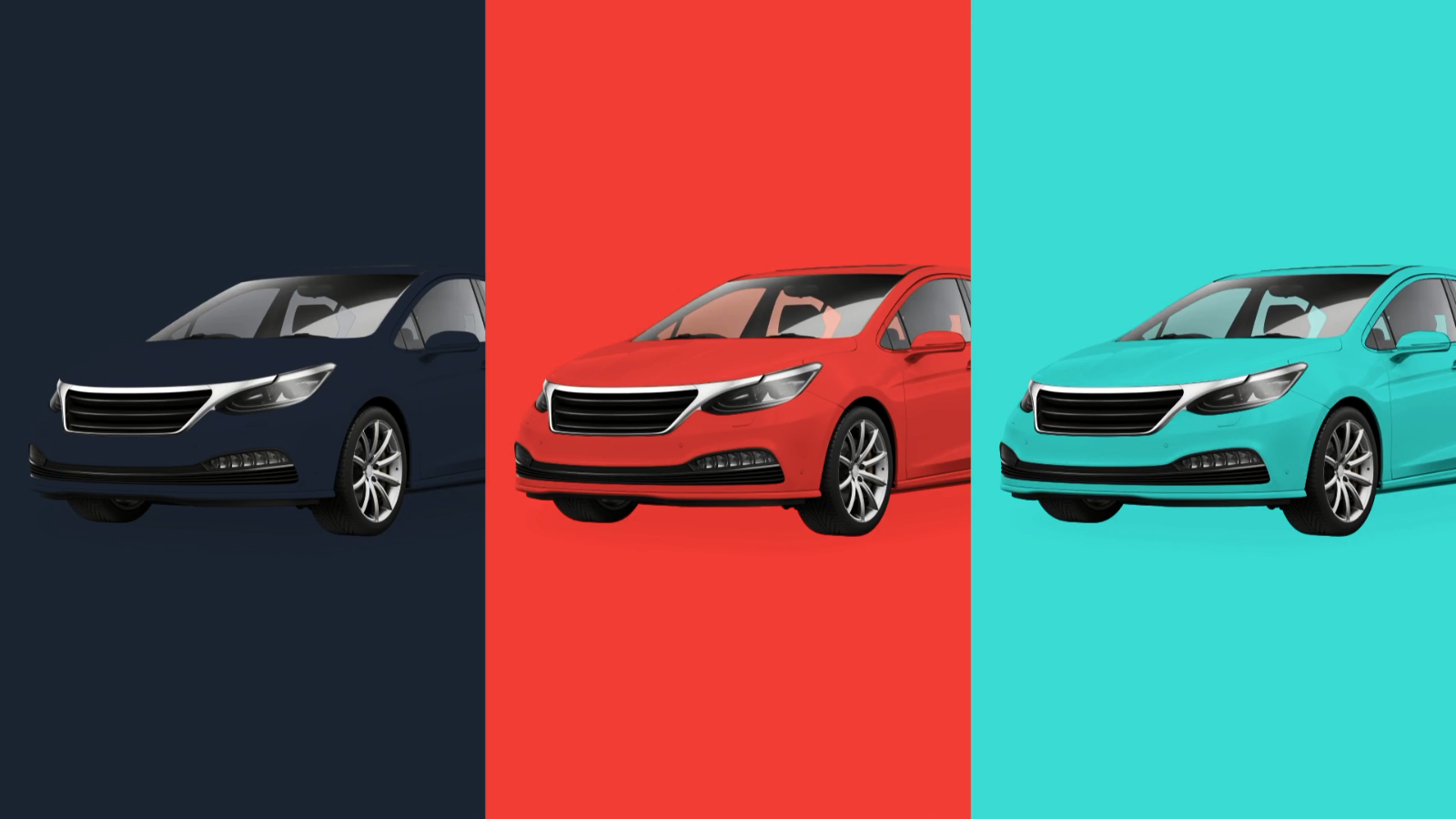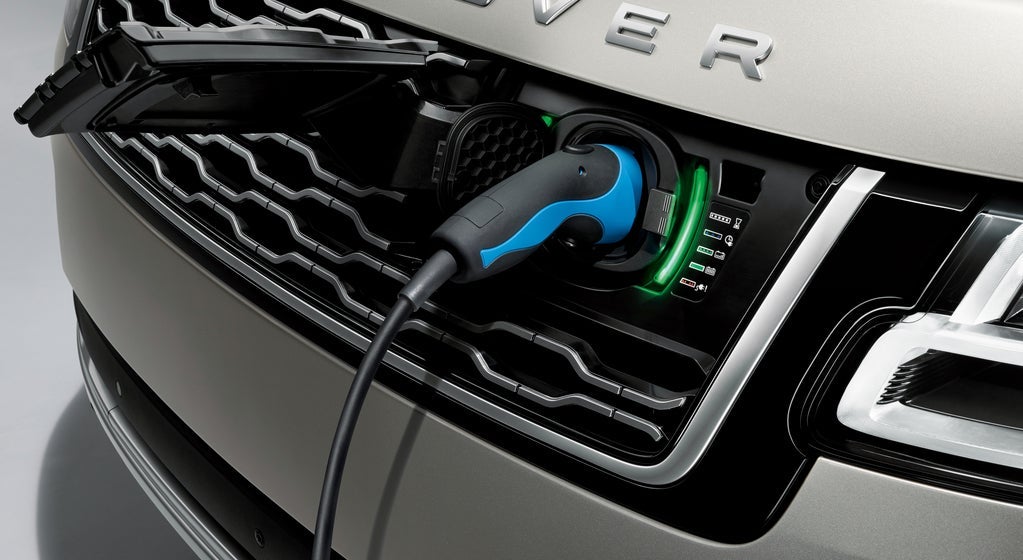
Its days as a mere classifieds board are long gone: Auto Trader has been making significant strides in vehicle retail – and it is not stopping at the used car market either. Lorenzo Migliorato finds out more.
In print or on screen, Auto Trader (AT) has been a long-standing presence on the desk of the second-hand buyer – be it a consumer or a dealer. The business quickly realised the retail potential of the internet, and opened its classified advertising portal in 1996, and refocused as an online-only business in 2013.
Last year, AT allowed dealers to advertise POS finance on its used vehicle classifieds. It also added a monthly price-search function, reflecting the change in consumer perception of car buying. The move into full-fledged finance complemented AT’s partnership with peerto-peer car loan provider Zuto, which now generates £40m a month in enquiries.
The Zuto option allows dealers not authorised by the Financial Conduct Authority to nevertheless provide financing options for advertised stock. AT has rapidly been adding pieces to its car retail experience, allowing consumers to rely on its website for an increasingly long stretch of the buying journey.
The website provides a tool to estimate a car’s trade-in value: currently a standalone, AT wants to make it a step of the finance application process as early as this September.
The company seems indefatigable in its effort to be the go-to intermediary for both dealers and consumers.
With last year’s acquisition of Motor Trade Delivery (MTD), a B2B marketplace for vehicle-delivery jobs, AT has been flexing its muscles in the physical world, putting it in competition with the likes of BCA and Cox Automotive; AT said BCA was on the MTD panel prior to the acquisition, but subsequently left the platform.
How well do you really know your competitors?
Access the most comprehensive Company Profiles on the market, powered by GlobalData. Save hours of research. Gain competitive edge.

Thank you!
Your download email will arrive shortly
Not ready to buy yet? Download a free sample
We are confident about the unique quality of our Company Profiles. However, we want you to make the most beneficial decision for your business, so we offer a free sample that you can download by submitting the below form
By GlobalDataAt a July press briefing, AT said it wants to experiment with test-drive bookings for the future – something digital retail champions such as Amazon have been looking into.
DE-FLEETING
With a logistics unit in its toolbox, the company now plans a direct-to-dealer defleeting service: it is running a pilot with LeasePlan, ALD and Avis, and expects a full launch in October.
AT wants to take the de-fleeting project even further: it is trialling a direct-toconsumer route with former LeasePlan vehicles – a model the Dutch lessor started implementing at the end of the last year, and which it brought to the UK in August.
AT has shown an ability to transform with the times, and its efforts to colonise the used car finance space seem to have borne fruit: average revenue per retailer was up some 10% to £1,695 in 2018.
It has even begun licensing out the technology underlying its search function to OEMs looking to build their own used vehicle websites – complete with 360-degree views of the car.
So what is the next frontier? Finance for cars that have only just come out of the factory, of course. AT wants – in one of its director’s own words – to “become to new cars what we are in used”.
Manufacturer classifieds only account for around a 10th of AT revenues, but the proportion is growing: revenues increased by 10% between 2017 and 2018, faster than dealership advertisements, which still make up 85% of AT’s income. The company’s first new car finance partner will be Fiat, offering HP and PCP on its models through its website.
AT will not say directly whether it is looking to bypass dealers completely in the future, and perhaps offer manufacturers ‘bolt-on’ online retail capabilities. The company says its focus is on brands first, and is agnostic in terms of the market route to the final customer.
In fact, by licensing out its technology to dealers, AT has probably helped less technologically aware retailers to stay afloat as online retail increasingly becomes the norm. Nevertheless, AT does plan to take a page out of the traditional dealer’s book – by expanding its after-sales product range.
At the moment, products in the website’s ‘consumer services’ roster are limited: customers can generate insurance quotes through CompareTheMarket.com, connect to guaranteed asset-protection broker ALA, or scour personalised plates through two thirdparty websites.
The company could soon go beyond mere referrals: a director said AT is having “numerous conversations that are very positive [with] four or five of the main groups” dealing in after-sales. Add-on products are notoriously one of the main profit generators for dealers, and that might turn out to be the case for tomorrow’s AT as well.
The digitisation of car retail has been notoriously tricky. Carmakers, long reliant on the dealer channel, have been stuck in the process – but so too has e-commerce Goliath and auto industry outsider Amazon. AT has the logistics, the data resources and brand reputation – and could find itself positioned in a perfect middle.






